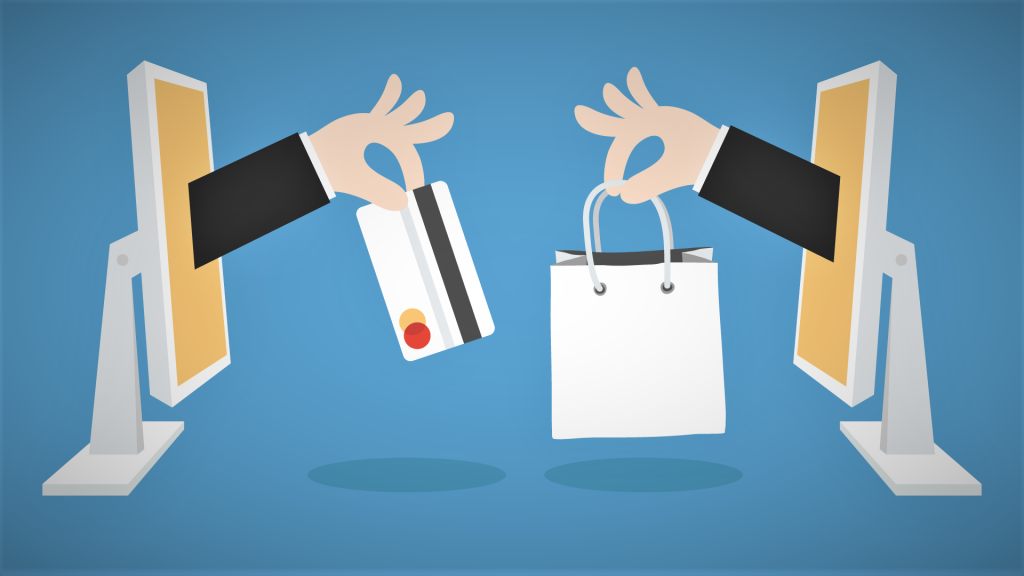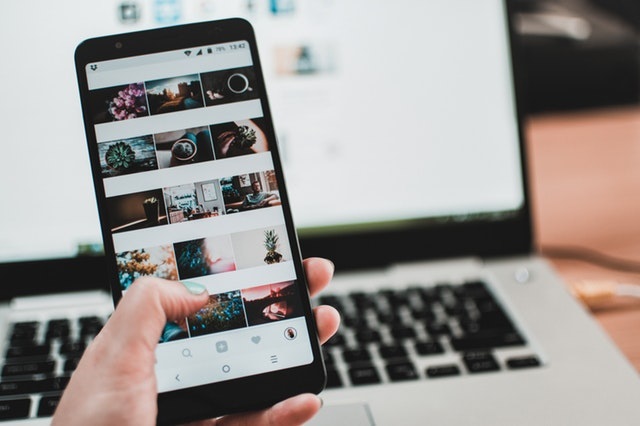If the spike in online sales amid Covid-19 is any kind of indication, or probably, the checklist of vendors on your last bank card statement, it’s most likely a whole lot.
Grocery stores, charm products, books, inflatable youngsters’ pools as the pandemic persists, we have depended on eCommerce to get things to our doors, contact-free, as well as quick. These things range from necessary to not-so-quiet essentials, online shoppers caught at home were scooping up tinned quail eggs, trampolines, and sitar strings.
From panic acquiring as well as hoarding, we understand that the tension of the pandemic can break our minds as well as change the buying routines. However, although online shopping has been around for several years, actually, decades, it only ends up being genuinely conventional recently. Amazon has been around since the mid-’90s, however, by 2010 in the United States, on the internet buying only made up simply more than 6% of all retail sales.
Also, currently? Net sales in the UK rocketed from 2.8% in November 2006 to 18.9% in February 2020 and then shot up once more to 30% in April 2020 due to the pandemic. In May 2020, sales from “non-store sellers” in the US were up 30.8% from May 2019.
Before Covid-19, relying upon the net for purchasing had not been so ingrained in our everyday lives. A couple of years earlier, online purchasing was a uniqueness, just as the web itself still was. The majority of people were just purchasing hard-to-find documents or obscure action numbers on eBay.
So, exactly how did we specify where on the internet purchasing became a lifestyle? And where will it assist us in the post-pandemic future?
Where did we begin?
In 1984, in Gateshead, England, a 72-year-old grandma called Jane Snowball took a seat in her elbow chair as well as used her tv remote to place an order of margarine, cornflakes, as well as eggs.
She utilized the “Videotex” system established by English creator Michael Aldrich. Aldrich took the television of her and transformed it into a terminal of computer: she utilized the Videotex technology to generate a shopping list on her TV display, and her order was phoned into her local Tesco. The items then got sent to her, just like magic.




